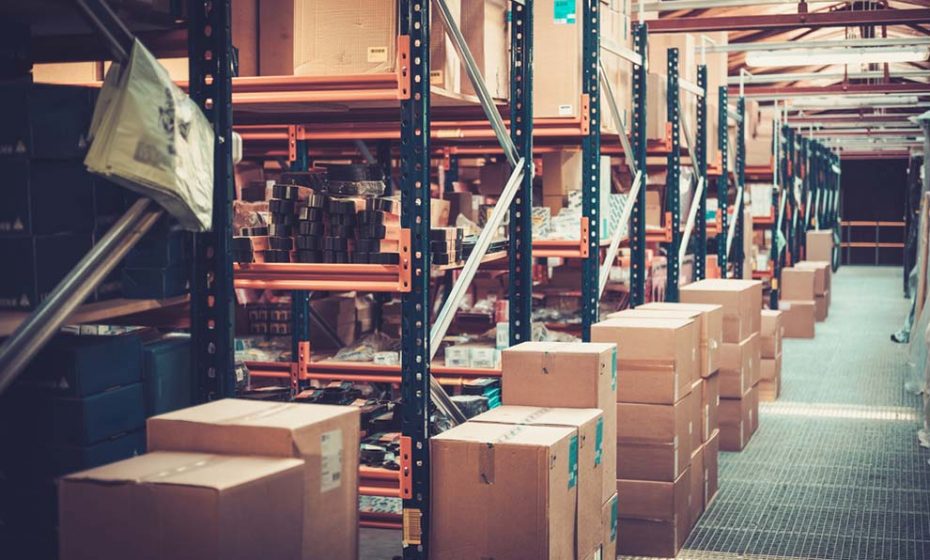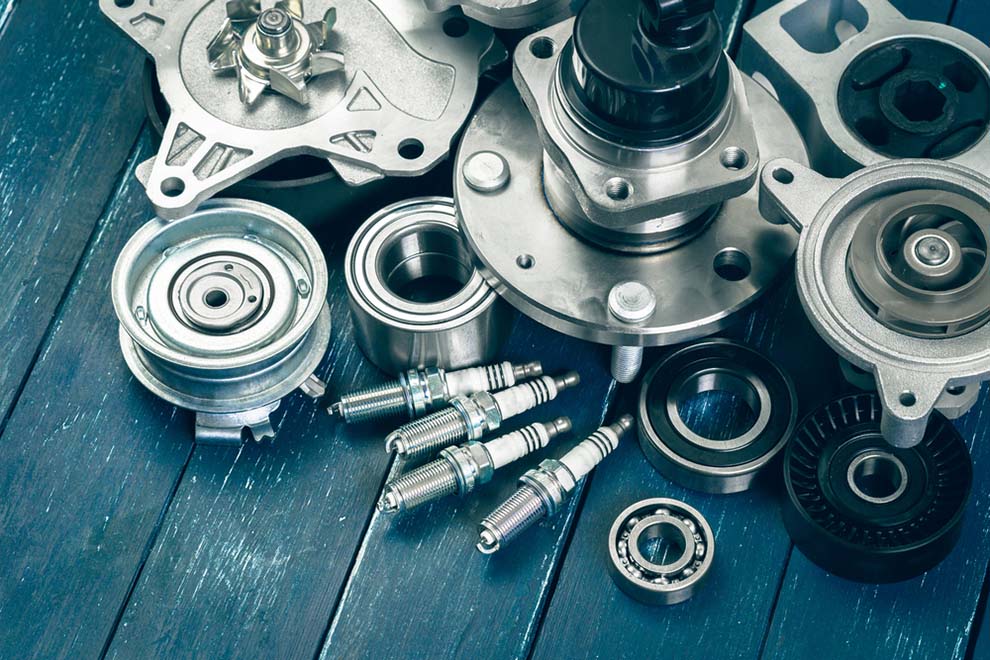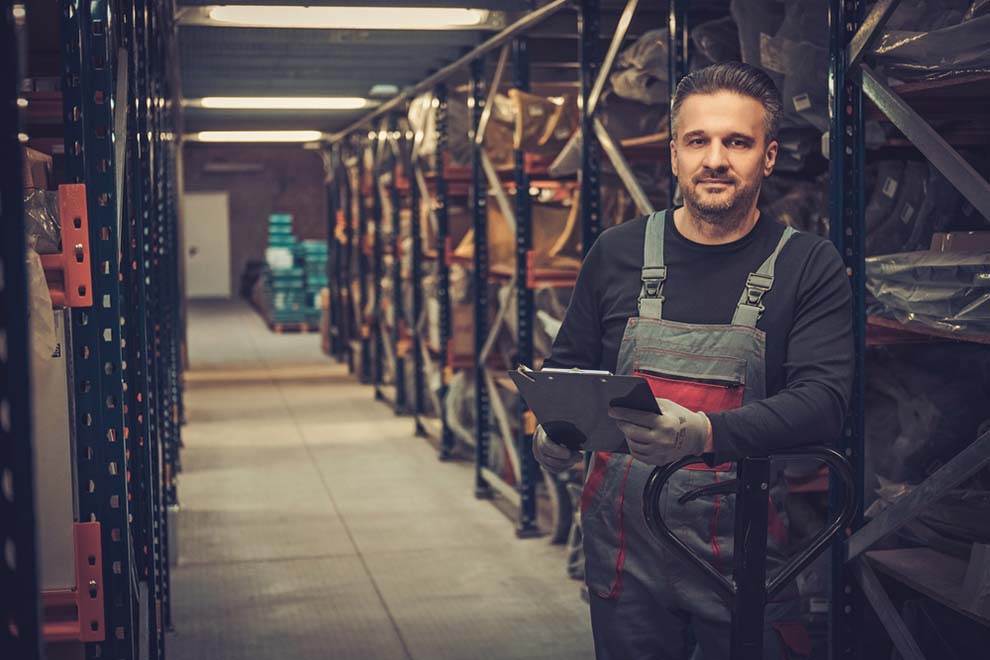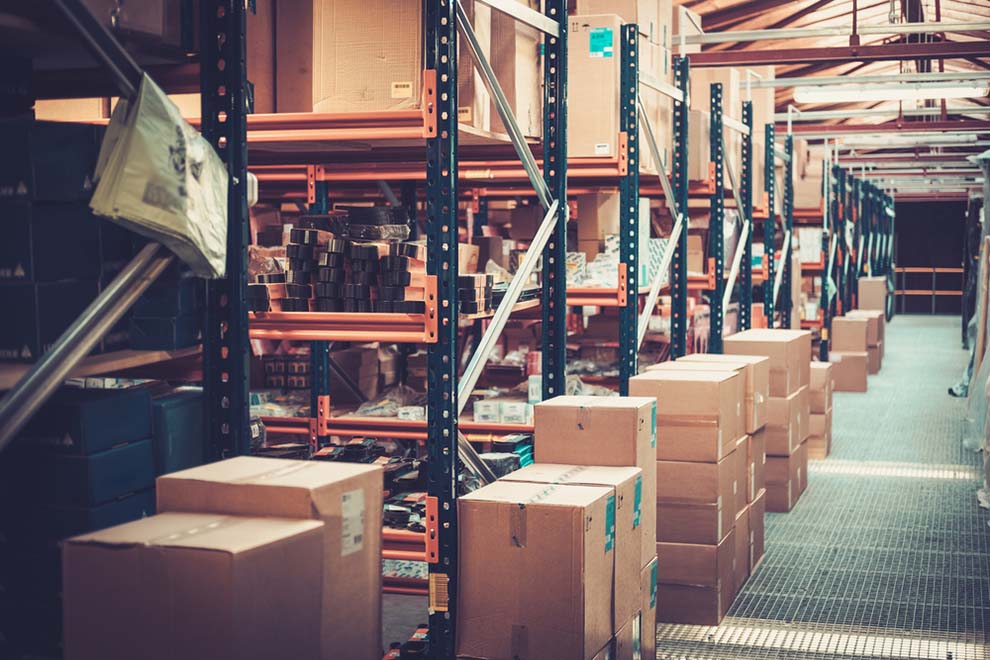Source: FabrikaSimf/Shutterstock.com
Drivers have so many options when it comes to adding parts and accessories to their vehicles. The aftermarket parts industry is alive and well as more companies come up with products that can be used with dozens of makes and models. The combined worth of the U.S. automotive aftermarket is estimated at $281 billion as of 2020.
But original equipment manufacturers (OEMs) have their place as well. As the aftermarket parts industry continues to thrive, let’s examine the pros and cons of OEM vs. aftermarket parts.
OEM Pros and Cons
OEMs produce vehicles as well as various parts and accessories, such as Ford, Honda and Jeep. These companies are intimately familiar with the design and construction of their vehicles, so they are usually the preferred choice when it comes to replacement parts.
Customers prefer OEMs for their reliability and durability. They can rest assured the part will work seamlessly with their vehicle. The parts and accessories often come with generous warranties. Drivers can find OEMs at local dealerships, which usually simplifies the repairs process. OEM parts and accessories are also of a higher quality than aftermarket parts.
However, OEMs must be made a certain way and they can only be used with certain makes and models, which usually decreases demand. Manufacturers must adhere to detailed instructions and use specific materials to make sure they are up to standard.
OEMs are also usually more expensive to produce, which is why they usually carry a steep price tag.
Source: Nejron Photo/Shutterstock.com
Aftermarket Pros and Cons
Aftermarket manufacturers are often a dime a dozen, for better or for worse. There are thousands of aftermarket companies flooding the market with more popping up every year. This gives drivers an endless variety to choose from, but it also makes it difficult for manufacturers to make their mark. With so many products all claiming to have the same benefits, the only way to get ahead is to create something truly original or to consistently improve the quality of the products.
Order Your Pallet Container Today!
Aftermarket parts are relatively easy to produce. Anyone can design and manufacture a product that will work with a number of vehicles. Most manufacturers will try to create a product compatible with as many different makes and models as possible to increase their reach. However, this approach can lead to watered-down designs and subpar products.
Adding or attaching aftermarket parts can also void the car’s warranty, which may scare off some drivers. Many companies will try to design a product that doesn’t significantly alter the mechanics or condition of the vehicle so it won’t void the warranty.
Source: Nejron Photo/Shutterstock.com
Things to Consider
Collapsible Plastic Box Pallets Free Up Space in the Warehouse
Both OEM and aftermarket manufacturers will use a pallet container to ship their goods. These parts or products are often shipping in bulk to retailers and dealerships all over the world.
In some cases, the products may be shipped in individual cardboard boxes before going inside collapsible plastic box pallets. These containers help workers clear up the space. They can quickly stack the container on the side of the loading dock as orders come in and out.
Shipping in bulk is a great way to reduce costs. Some companies may not need to put their products in cardboard boxes. They will store them right in a metal or plastic container to get rid of waste.
Staying organized is an important part of running an OEM or aftermarket parts facility. Most facilities produce more than one product or part at a time with hundreds, if not thousands, of SKUs on the shelf. Both types of facilities should learn how to organize a warehouse to make the most of their space.
There are so many things to like and dislike about the OEM and aftermarket parts industry. Both serve their purpose as drivers look for ways to increase the performance of their vehicles. Not everyone can afford to buy OEM parts–even if they perform better on the road. Aftermarket parts are a great way to keep cars running, even if there are thousands of manufacturers to choose from.



